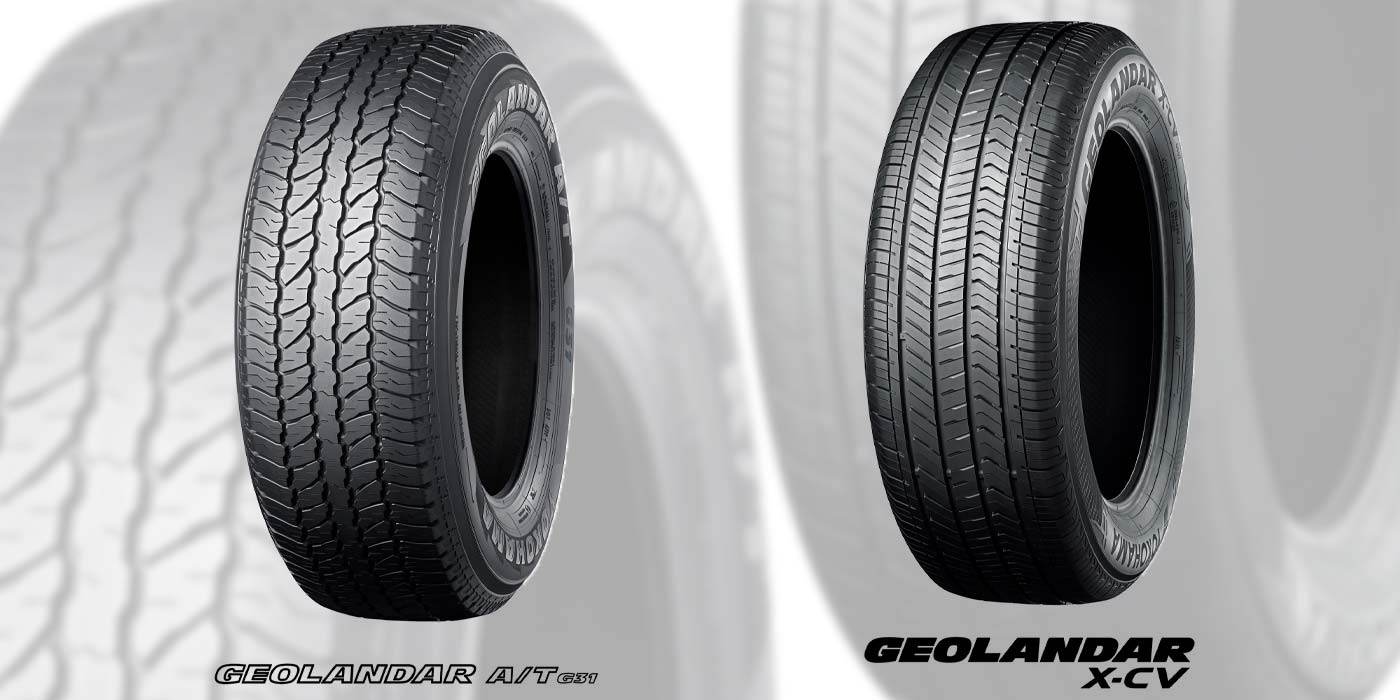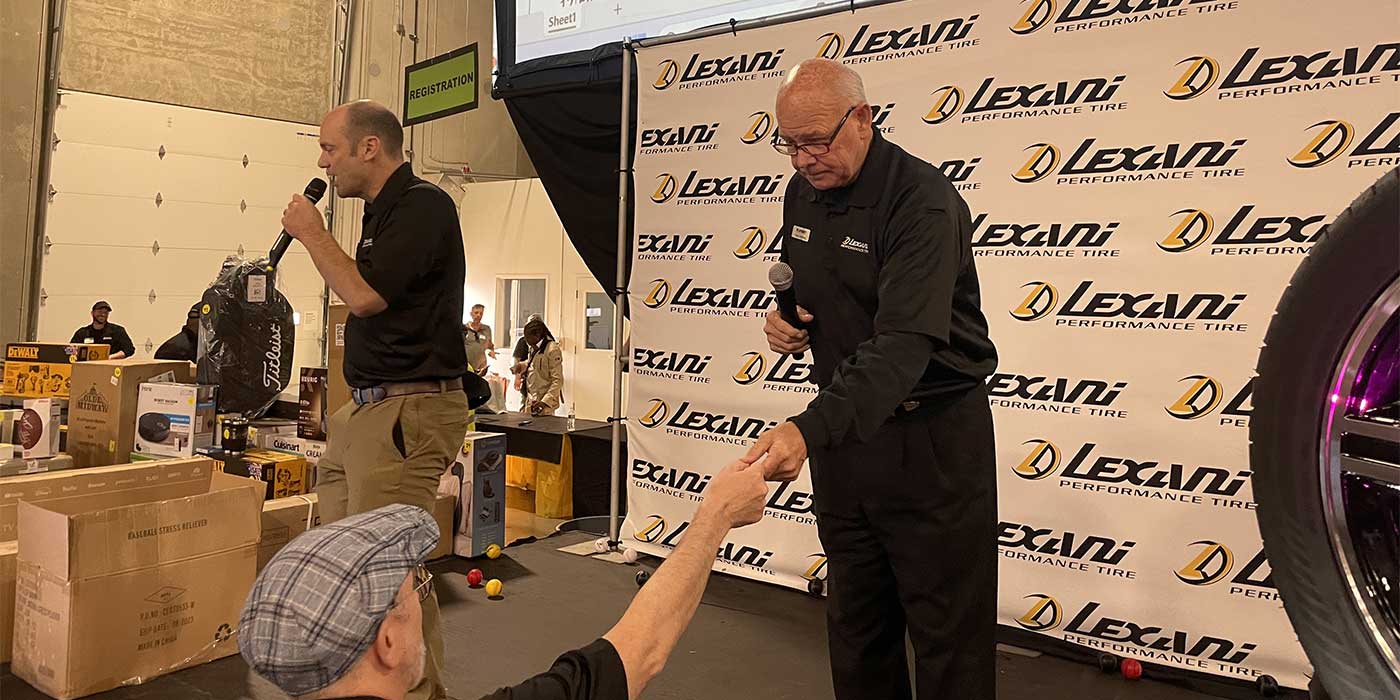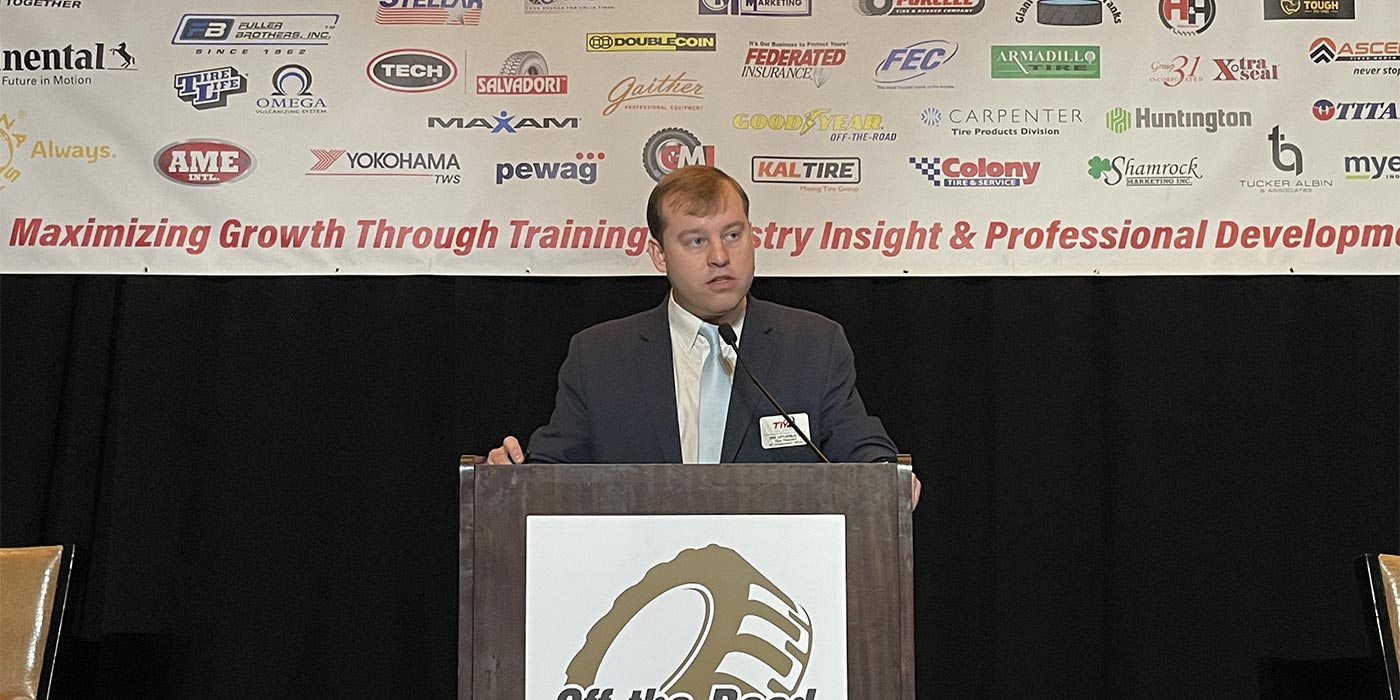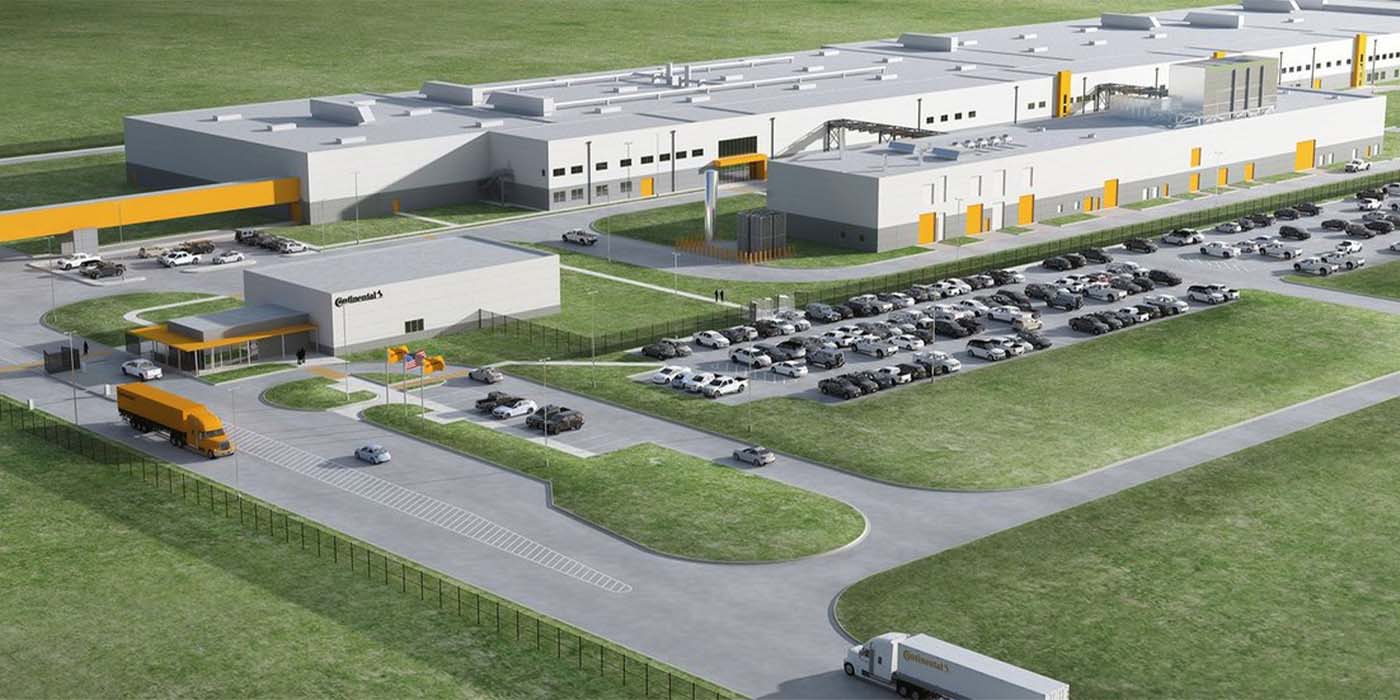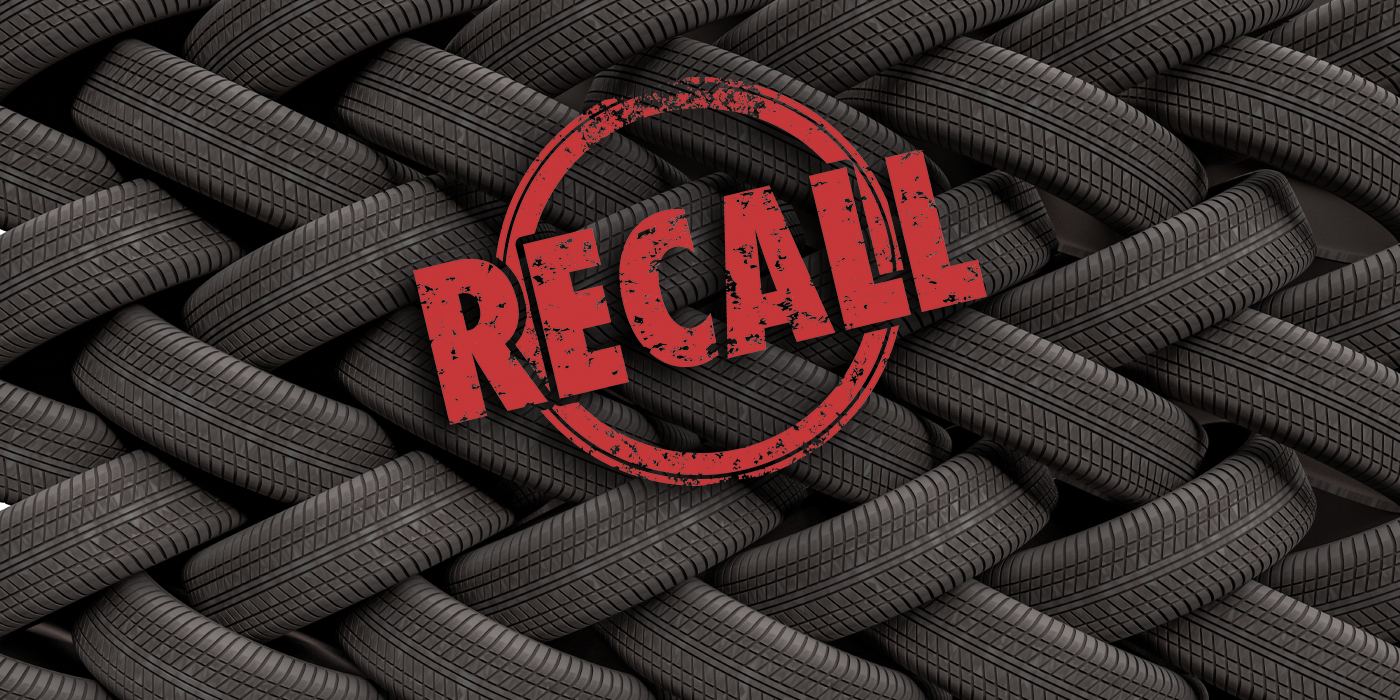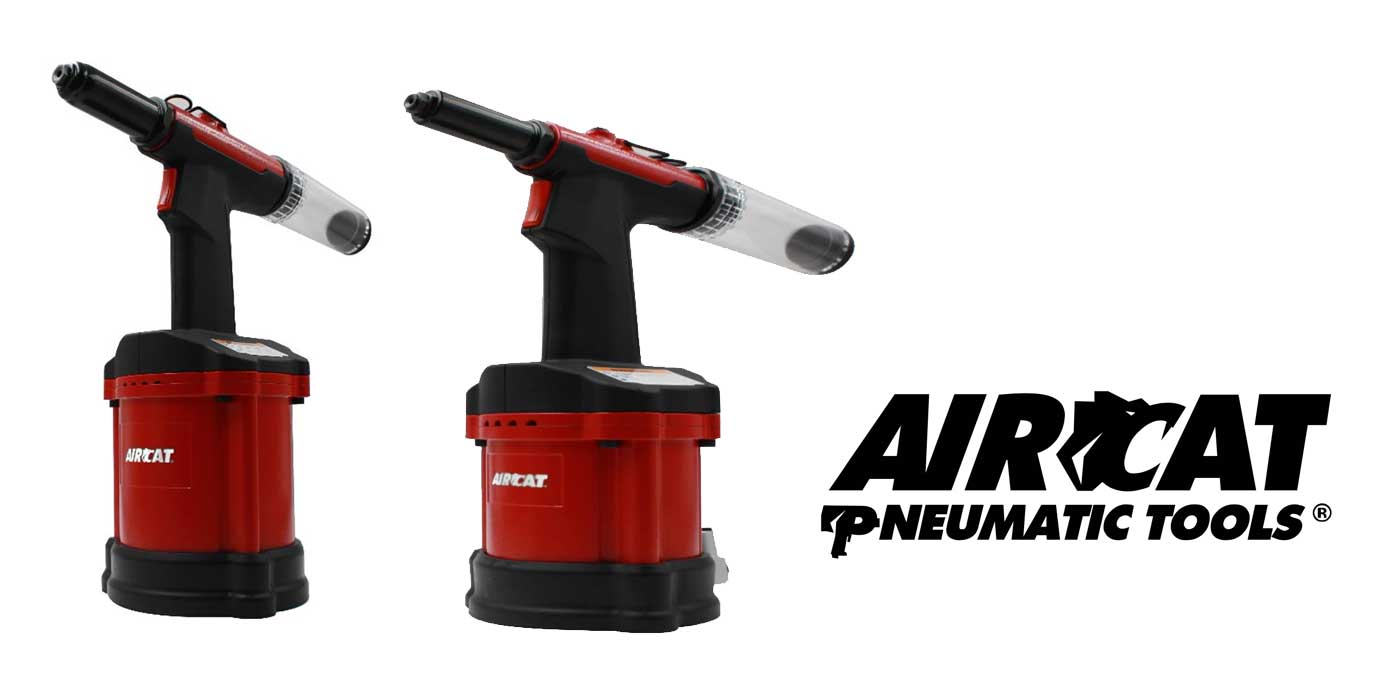Foreign sales not only serve to counter the impact of escalating raw materials (purchased in US$) and high production costs, but acceptance of our products in world markets – particularly by first-world destinations – is testament to the quality and standard of product that is manufactured locally. But what if, as some are suggesting, the local tyre industry is being made to play second fiddle to the export segment?
Often viewed as important in offsetting high import and manufacturing costs, as well as a way to boost production runs, it’s small wonder local tyre manufacturers are exploring opportunities beyond our shores.
And for that, they’ve been known to come under fire from the local distribution trade, particularly in the face of recent stock shortages resulting from industrial action and other factors.
This begs the question, how much of their total output is dedicated to the export market? On the face of it, it would appear, not all that much. Dunlop Tyres estimates its export production to be around 30%, but the company does expect this percentage to grow as new markets are developed, while Continental’s slice of the export market is somewhere between 15%-20%. When approached, Goodyear said the company did not allocate a fixed percentage to export business and that its primary commitment was to the domestic market, both to OE and to replacement. However, it added, as is the case in most manufacturing businesses, volume was the key and Goodyear was no different in this respect.
“What the local market cannot absorb is channelled to export. This does not imply a sporadic approach to exports, but rather a delicately controlled one,” suggested Gordon Wilmot, director of export and subsidiaries at Goodyear South Africa.
Unlike the other three, Bridgestone’s approach to exports is somewhat different. “Bridgestone SA is part of a global network of organisations that makes it the largest tyre and rubber manufacturer in the world. For this reason, we have plants producing and exporting into respective regions, so this provides no compelling reasons for our South African operation to enjoy a significant export market,” said Romano Daniels, general manger of group public relations and general manager of marketing.
Of course where Bridgestone does feature strongly in terms of supplying product to foreign markets is with respect to its run flat tyres. The company’s Brits manufacturing plant was one of only two worldwide to be chosen to supply run-flat tyres for the manufacturing giant’s global operations.
Added Daniels: “Since Bridgestone is the only locally produced approved RFT supplier to BMW, it bodes well for exporting world class technology based on the rate of new vehicle exports. Therefore, our export activity is really confi ned to the growth in new vehicle demand for the export market. This essentially means that run flat tyre supply is localised for the export market.”
This brings us back to the industry’s concerns surrounding local supply and the manufacturers’ seeming inability to furnish its distribution base with suffi cient stock to satisfy customer quotas. Much like our good friends at Eskom who have come under fi re for supplying power to sub Sahara Africa at our expense, the dealer network is questioning the local producers’ commitment levels to their own market.
In response, Johann Liebenberg, manager of international sales for Continental said: “The main contributor resulting in tyre shortages was the industrial action that took place in 2007 as a result of wage negotiations. We are positive that we will meet targets set for 2008. That said, current
electricity supply can become a factor.”
In that event, the obvious question is will the likes of Continental Tyres continue to honour export contracts ahead of meeting the needs of the local industry?
According to Eddie Jordaan, sales and marketing director for Continental, the company will honour its commitments to all its key partners.
“Unfortunately, the strike action had a major impact on stock availability. Contractual commitments to OEMs had to receive top priority, as it’s important to keep their production lines going, as well as for us to avoid paying penalties. We at Continental admit that we could not supply OE, local or export demand. Our order fill rate is not acceptable and we’re working hard to improve it, but to say that we honour exports contracts ahead of meeting local industry needs is not true. This creates the perception that excessive volume is exported. Continental would like to advise all its key dealers that it is fully committed to meeting their agreed tyre needs,” said Jordaan.
“Due to the manner in which Bridgestone Global is organised, we are not under huge pressure to ‘steal from Paul to give to Peter’,” responded Daniels of Bridgestone. “Our local production facilities are all running at optimal levels to meet local demand and that remains ever important to us. Bear in mind, our
global network is also able to provide good support in this regard if required.”
Similarly, Goodyear’s Wilmot suggested that as part of a global network, Goodyear was also availed of the opportunity of subsidising local shortfalls with similar imported product. Ken Martin, export director for Dunlop Tyres added: “We have managed to balance the demands of both the domestic and export markets, and have recently announced expansions in our factories to ensure that all our customers are satisfactorily serviced.”
If these reactions are anything to judge by, the local manufacturers are collectively pledging their commitment and support to the local trade, and given the growing influx of imported products reaching our shores, continuity of supply remains integral to their long-term survival.
“Our facilities are all running at optimal levels to meet local demand and that remains ever important to us. Bear in mind, our global network is also able to provide good support in this regard if required.”
Where are we exporting to?
Although the African continent and SADC countries in particular, are by virtue of their geographic location the most obvious export destinations for South African tyres, it by no means ends there.
Dunlop Tyres exports to Europe, the U.K., Australia as well as Africa, Goodyear has also adopted a two-pronged approach, exporting tyres directly to Europe (termed Export A) as well as to Sub-Sahara Africa and the Indian Ocean islands (classified Export B), while Continental has original equipment contracts in place for other international markets and off-take programmes on certain sizes to selected distributors in international markets. Notwithstanding, Continental’s main
export market is undoubtedly Sub-Sahara Africa.
“Many African countries have gone full cycle with markets, economies and governments stabilizing and this is affording us the opportunity to establish sustainable partners within certain countries similar to those in South Africa.
The other advantages are our trade agreements via SADC which offer us reduced duties for exporting to those countries,” explained Liebenberg.
“Our achievement of being the first local run flat tyre manufacturer is testimony to the fact that South Africa produces a world-class product that meets the demands of global markets. Bear in mind too, that Bridgestone supplies BMW SA, which in turn exports its products as well,” added Daniels.
“The fact that tyre exports from South Africa have grown substantially year-on-year is further testimony to the quality aspect,” echoed Wilmot. “Additionally, since we manufacture to a global specification, not only in terms of the process but also with regard to raw material componentry, there is theoretically no difference, like-for-like, in any Goodyear product, irrespective of where it’s produced.”
“In some markets the African tag is viewed as a negative, but we’ve overcome this in major global markets via marketing activities – and also by enabling our tyres to do the talking,” said Martin. When all is said and done there’s something to be said for the standard and quality of tyres being produced in South Africa. If nothing else, South African consumers can take comfort from the fact that locally produced tyres are widely accepted in first world markets which adhere to stringent international regulations, thereby instantly dispelling the popular myth that our factories are still prone to spewing out the odd ‘Monday’ or ‘Friday’ tyre.
The rise of export agents
The creation of export markets also provides room and opportunity for complimentary services which has led to the birth of dedicated agencies that promote and sell South African tyres beyond our borders. TireWorld Exports is one such example.
Imex Tyres and Accessories – established four years ago by entrepreneur, Marius Coleske, with more than 15 years experience in trading with tyres and tyre related products in SADC countries – is another.
Summarising the reason behind the success of Imex Tyres, Coleske told SA TREADS: “Due to technical difficulties involved in dealing with African countries, as well as the conditions that prevail in most of our markets, Imex Tyres has adopted a long-term marketing commitment towards our rapidly increasing customer base. Unlike some traders that endeavour to service the African market using the ‘briefcase syndrome’ of here today, gone tomorrow, Imex Tyres’ goal is to build a successful and stable partnership with its clients by supplying them with a wide range of superior quality, high performance products.”
Business entails extensive, regular travel throughout Africa in the interests of supplying and servicing the continent’s customers. This is particularly crucial for mining houses spread across the continent that are currently being affected by the global tyre shortage on OTR sizes. Product is either sourced from South African tyre makers or from foreign producers.
“Many mines have been brought to a halt, with machines virtually standing, unable to function due to the shortage. This is where a company such as Imex Tyres can provide invaluable input and assistance, not only in diligently sourcing products for the mines, but more importantly, in assisting them with regard to lead times, foresight planning and the like. Now, more than ever, it’s absolutely crucial for mines to implement tyre maintenance strategies and monitor tyre performance and this is where we can play a major role in guiding them through the difficult years, at least until 2012, when the shortage situation is expected to ease,” suggested Coleske.
Product supply currently remains his biggest challenge. “With leading tyre producers having to look after existing OEM contracts, there is little room for them to develop new markets at this point, and this is why products from emerging economies are finding an important niche, with OTR customers
having little option but to use whatever they can get,” says Coleske.
Coleske’s services extend beyond sourcing and supplying suitable product. He describes his business as a one-stop-shop providing a basket of products. Ongoing education campaigns encompassing regular scrap tyre surveys, fleet surveys, tyre repair and maximising mileage are all part and parcel of his service offering.
“Professional agents deserve a better break for the invaluable assistance they provide,” claims Coleske. “Each African country is unique with different protocols in place and doing business requires forming close relationships that need to be nurtured. Some countries are brand conscious while others are price-sensitive.
Years of experience have given us the knowledge and skills to penetrate markets such as the DRC, Angola and Zambia, something we’re now putting to good use.
Our focus in 2008 is to replicate our formula for success and adopt a more aggressive approach to market. We are currently engaged in making detailed assessments of each mine in those respective areas, in order to provide tailor-made solutions. It is our intention to continue to broaden our already substantial footprint in Africa.”
Viable reasons to export
Export opportunities not only enable local tyre producers to maximize plant output and boost production runs, they are an important way of recovering some of the current raw material costs which are shooting through the roof.
“Raw materials continue to increase in price on the back of a high oil price, as well as supply and demand, something that is not unique to South Africa. Nonetheless it’s a growing reality,” concurs Ken Martin.
“Raw material prices coupled with the current devaluation of the rand, seriously impact our ability to remain competitive in the market,” adds Liebenberg. “Exports do provide a cushion but as only between 15%-20% of our total capacity is exported (as mentioned earlier) the benefits of selling our products in a foreign currency are limited.”
In line with global trends which are seeing a growing consolidation trend in terms of specific production runs and tyre sizes, export deals and agreements such as the one that exists between the Bridgestone Corp. and its South African subsidiary to manufacture run-flat tyres for global distribution, are also becoming commonplace.
“Obviously I can only comment for Goodyear, but would assume the same applies to our competitors. There are certain sizes and types where production is consolidated in a particular entity due to economies of scale, and our Uitenhage factory is certainly one of these,” agreed Wilmot. “The consolidation trend is very evident and will continue in the future where rationalization improves efficiency and quality and reduces cost,” added Martin.
The challenges
No business transaction is problem-free, and export transactions are no exception.
As previously highlighted, Bridgestone’s Daniels reiterates the key to successful export ventures is cultivating the right relationships and having the capacity to meet the demand whilst satisfying domestic demand, and admits this is a major challenge.
“Time to market is another critical element, due to port congestion, road infrastructure, availability of shipping lines to certain ports and delays at certain borders,” added Liebenberg.
“For us, logistics is the biggest challenge,” echoed Goodyear’s Wilmot. “Increasing trade internally and into Africa without any additional infrastructural capacity is resulting in vastly extended lead times to all our customers. In many instances, this has doubled over the last couple of years and because we sell on a FOB/FOR basis, this places tremendous pressure on our customers’ cash flow
and consequently down the line, on us.”
Highlighting an equally important challenge, Dunlop’s Martin further said: “The single biggest challenge is competing with the low cost-per kilogram offered by Japan, Korea and India – not to mention China.
This necessitates a very focused and niche marketing strategy to ensure viability, where the higher price of the products can be recognised based on performance and value.”
“Chinese and Indian companies have the further benefit of foreign direct investment into certain African countries, which through trade agreements, gives them an advantage subject to the stipulation of the agreement,” offered Liebenberg. “As in any market, price competition is a given, however in certain African countries it is even a bigger challenge as dumping still takes place as a result of limited control and corruption.
When asked for his opinion on how manufacturers could compete against the likes of developing nations such as China and India, Bridgestone’s Daniels said it was a process, but one that was possible since the entire South African market was no longer isolated in terms of technology and manufacturing excellence.
“Our challenge remains being competitive within the context of the South African market which has certain expectations of our product. Cost is one aspect, but meeting the consumer’s need is another and we have to continuously find ways to attain the perfect balance.”
And adopting a philosophical take on the subject Wilmot said: “Cheap Asian brands are a fact of life. To roll over and die doesn’t solve the problem. The proof of the pudding is in the eating and as I’ve said before, our approach to market and its ongoing sophistication is our strongest counter.
Goodyear International recognised this opportunity and adopted a proactive stance a decade or so ago, by moving away from the ‘briefcase salesman’ approach and investing in an infrastructure beyond our borders, comparable to that which exists locally. As a consequence, the Goodyear organisation is positioned to offer many value-added benefits not normally available on many competitor brands.”
The tall and the short of it
In the words of Romano Daniels, exports present the ideal platform for South Africa to showcase its products and to demonstrate that the domestic manufacturing market is characterised by global best practices.
Moreover, export markets offer boundless opportunities for South African tyre producers to augment sales and achieve the required economies of scale in the interests of long term survival – a challenge the South African manufacturing sector in general must embrace. (SA Treads/Douglasdale, South Africa)

